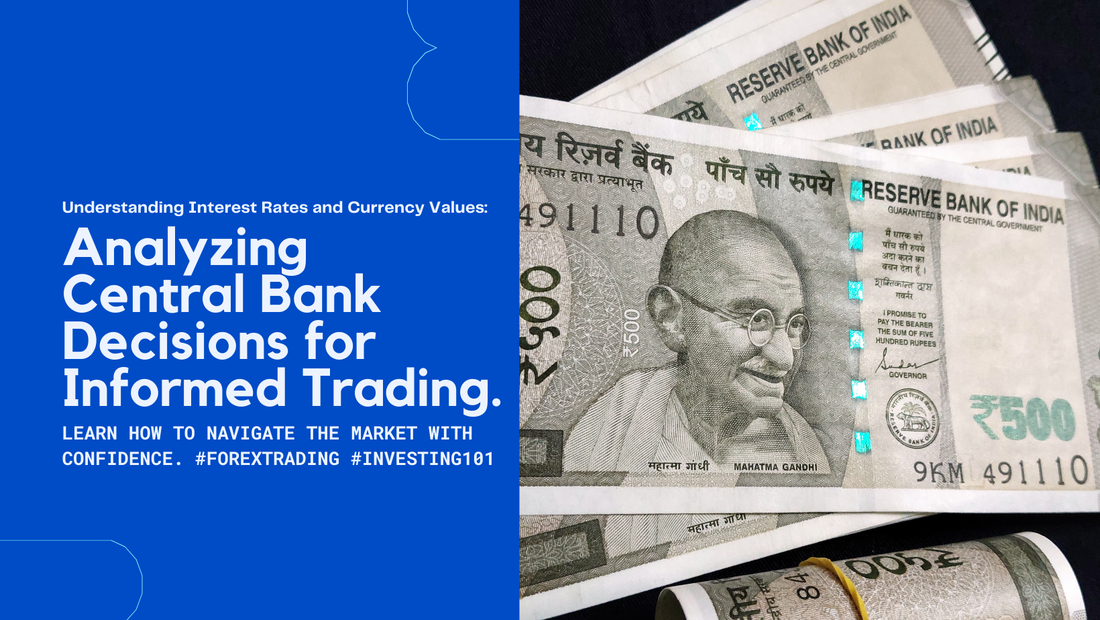
Making Informed Trading Decisions: Exploring Central Bank Decisions
Share
When it comes to making trading decisions, it is crucial to stay informed about various factors that can impact the financial markets. One such factor that holds significant influence is the decisions made by central banks. In this blog post, we will delve into the world of central bank decisions and explore how they can shape your trading strategies.
What are central bank decisions?
Central banks are responsible for managing a country's money supply, interest rates, and overall economic stability. They make decisions that can have a profound impact on the financial markets. These decisions include setting interest rates, implementing monetary policies, and intervening in the foreign exchange market.
Why do central bank decisions matter?
Central bank decisions matter because they can affect the value of currencies, interest rates, and overall market sentiment. For example, if a central bank decides to raise interest rates, it can attract foreign investors seeking higher returns, leading to an appreciation in the currency. On the other hand, a decision to lower interest rates can stimulate borrowing and spending, boosting economic growth.
How can central bank decisions impact trading?
Central bank decisions can have a direct impact on various financial instruments, including currency pairs, stocks, and commodities. Traders closely monitor central bank announcements and statements to gauge the future direction of the markets. By understanding the potential impact of these decisions, traders can adjust their strategies accordingly.
Key factors to consider when analyzing central bank decisions
When analyzing central bank decisions, traders should consider the following factors:
- Economic indicators: Central banks often base their decisions on economic indicators such as inflation, employment data, and GDP growth. Traders should keep an eye on these indicators to anticipate potential policy changes.
- Forward guidance: Central banks provide forward guidance through their statements and press conferences. Traders should carefully analyze these communications to understand the central bank's stance on future policy actions.
- Market expectations: Market participants often have their own expectations regarding central bank decisions. Traders should compare their own analysis with market consensus to identify potential trading opportunities.
How to incorporate central bank decisions into your trading strategy
Here are some tips to help you incorporate central bank decisions into your trading strategy:
- Stay informed: Regularly follow central bank announcements, economic news, and expert analysis to stay updated on the latest developments.
- Use a calendar: Use an economic calendar to keep track of upcoming central bank meetings and announcements.
- Monitor market reactions: Observe how the markets react to central bank decisions and learn from past price movements.
- Consider risk management: Central bank decisions can lead to increased market volatility. Implement appropriate risk management techniques, such as setting stop-loss orders, to protect your trading capital.
In conclusion, central bank decisions play a crucial role in shaping the financial markets. By staying informed and analyzing these decisions, traders can make more informed trading decisions. Remember to always conduct thorough research and consider multiple factors before making any trading decisions. Happy trading!



